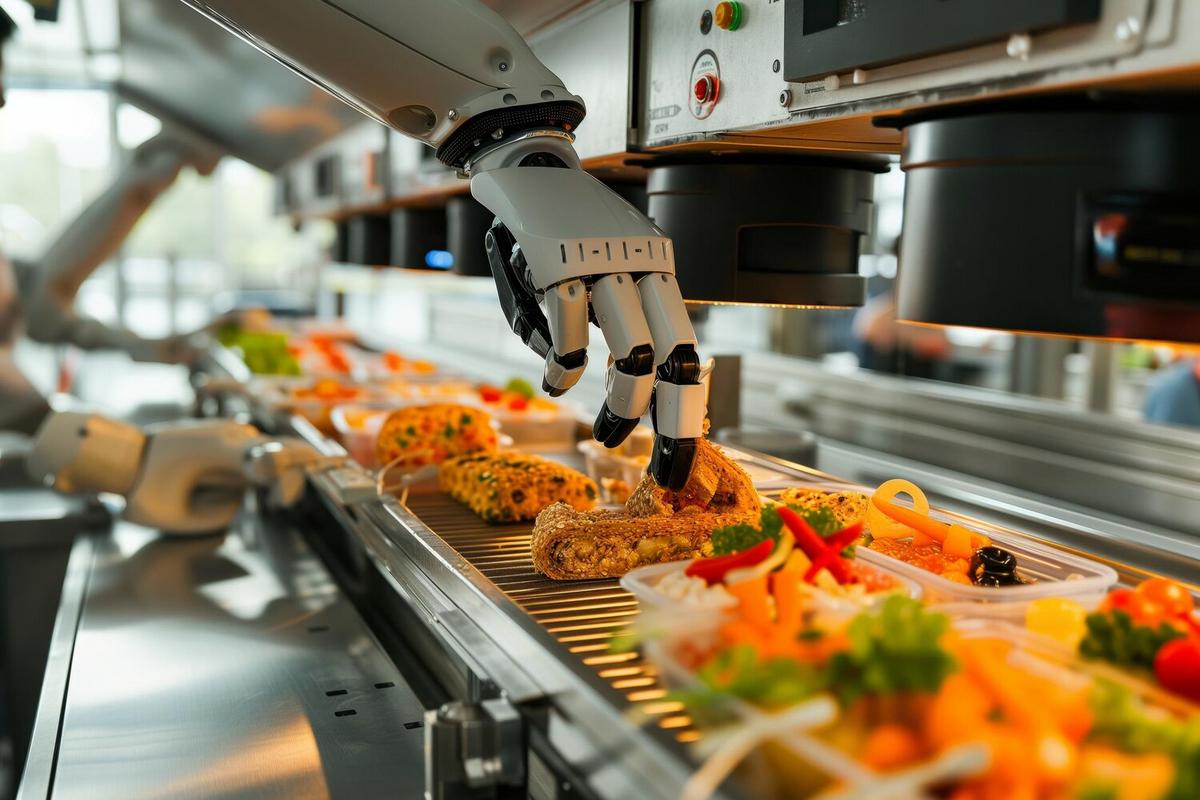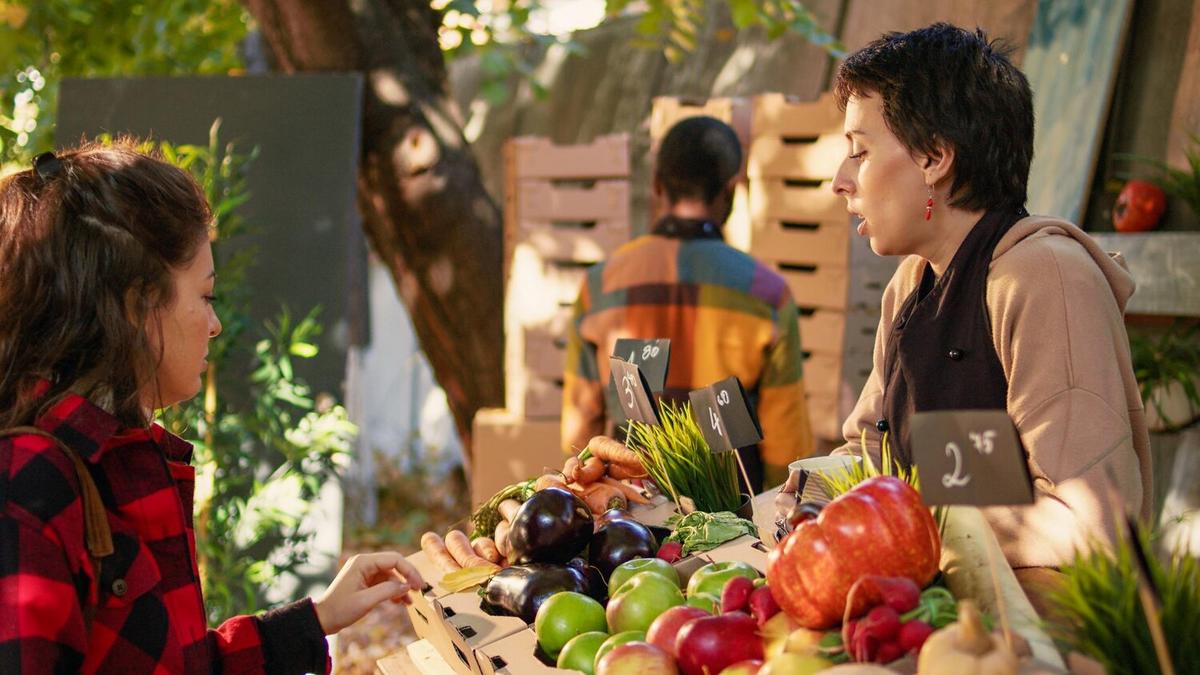
How Technology is Helping Combat Food Waste
The intersection of technology and food has given rise to innovative solutions aimed at tackling one of the world’s pressing issues: food waste. As we strive to create a more sustainable planet, understanding how technology is contributing to reducing food waste is essential.
The Role of Technology in Reducing Food Waste
Technological advancements are revolutionizing the way we manage food waste, offering solutions that are not only effective but also sustainable. From farm to fork, technology plays a critical role in minimizing waste through various stages of the food supply chain.
Smart Packaging Solutions
Smart packaging technologies are emerging as a game-changer in the fight against food waste. These solutions include packaging that can monitor the freshness of food, providing consumers with real-time information about the edibility of products. According to a study by the Food and Agriculture Organization, approximately one-third of food produced globally is wasted each year, highlighting the potential impact of such innovations.
Data-Driven Insights
Data analytics is being leveraged to predict and manage food demand more effectively. By analyzing consumer behavior and purchasing trends, retailers can optimize inventory levels, reducing overstock and spoilage. For instance, machine learning algorithms are used to forecast demand accurately, helping stores stock the right amount of perishable goods.
Apps Promoting Food Sharing
Several mobile applications have been developed to connect individuals and businesses with surplus food to those in need. These platforms not only help in reducing waste but also address food insecurity. Users can easily share excess food items, ensuring they are consumed rather than discarded.
Innovative Farming Techniques
Precision agriculture uses technology such as drones and sensors to monitor crop health and optimize harvests, reducing losses due to inefficiencies. This approach ensures that crops are grown and harvested at the optimal time, minimizing waste.
| Technology | Application | Benefit |
|---|---|---|
| Smart Packaging | Freshness Monitoring | Reduces spoilage |
| Data Analytics | Inventory Optimization | Decreases overstock |
| Food Sharing Apps | Resource Redistribution | Minimizes waste |
| Precision Agriculture | Crop Monitoring | Increases yield efficiency |
| IoT Sensors | Supply Chain Monitoring | Tracks food quality |
| Blockchain | Traceability | Ensures transparency |
| AI Forecasting | Demand Prediction | Reduces overproduction |
| Composting Tech | Waste Recycling | Creates organic fertilizer |
Frequently Asked Questions
How does technology help in reducing food waste?
Technology aids in reducing food waste through innovations like smart packaging, data analytics, and food sharing apps, which optimize supply chain management and promote resource redistribution.
What are some examples of smart packaging?
Smart packaging includes sensors that detect spoilage, freshness indicators, and QR codes providing storage information.
Can technology help in food production?
Yes, technologies like precision agriculture and AI forecasting optimize crop yields and reduce waste in the production process.
Conclusion
Embracing technology in our quest to combat food waste is not only beneficial but necessary for a sustainable future. From smart packaging to innovative farming techniques, technology offers practical solutions that can significantly reduce waste. By continuing to support and implement these advancements, we can make a positive impact on our environment and ensure that food reaches those who need it most.


